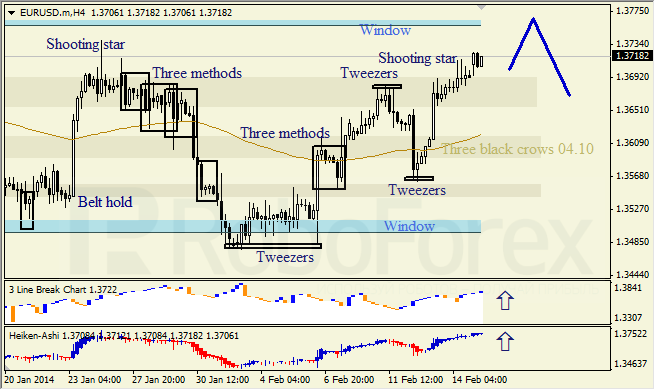Crude prices were seen trading slightly higher on the first day of the trading week as the West Texas Intermediate (WTI) climbed slightly higher for the first time in three days. The demand for heating oil in the US strengthened, while downbeat reports from the US such as retails sales and industrial production data weighed on oil prices.
WTI for April delivery climbed 0.35% higher, trading at $100.48 per barrel on the New York Mercantile Exchange at the time of writing; prices for the crude have risen by 2.3% this year.
Brent for April settlement climbed 0.03% higher at $109.12 per barrel on the London-based ICE Futures Europe exchange at the same time. The European benchmark Brent crude was at premium of $8.76 to WTI for the same month.
According to data released by the Cabinet office, Japan’s economy grew at a slower pace, expanding by a seasonally adjusted 0.3% and on an annualized rate , gross domestic product (GDP) eased to 1.0%. The private non-residential investment grew to 1.3% from 0.2% recorded in the previous quarter, while the public investment lowered from 7.2% to 2.3%.
A separate report revealed that industrial production in Japan climbed 0.9% in December last year, compared to 1.1% recorded in the previous month, the Ministry of Economy, Trade and Industry (METI) confirmed on Monday.
METI also confirmed that shipments increased 0.8% in December, while inventories dropped 0.5% over the month.
Crude – Expected Reports
On Monday, the New York Stock exchange will be closed for the President Day holiday.
Market participants will be expecting housing and inflation reports as well as minutes from the Federal Open Market Committee’s (FOMC) meeting.
The US Federal Reserve released the factory output report on Friday, which revealed a 0.3% contraction, compared to analysts forecast of a 0.2% growth.
Crude – US Downbeat Reports
The US retail sales dropped lower than expected in January, declining 0.4% lower in January, compared to the revised reading of a 0.1% decrease in December and the sharpest drop since June 2012.
Meanwhile, the initial US jobless claims for the week ending February 8 climbed to 339,000, compared to the previous reading of 331,000 seen in the previous month, according to reports from the Labour Department.
Visit www.hymarkets.com to find out more about our products and start trading today with only $50 using the latest trading technology today.
The post WTI Crude Trades Higher as Market Awaits Further Reports appeared first on | HY Markets Official blog.
Article provided by HY Markets Forex Blog




